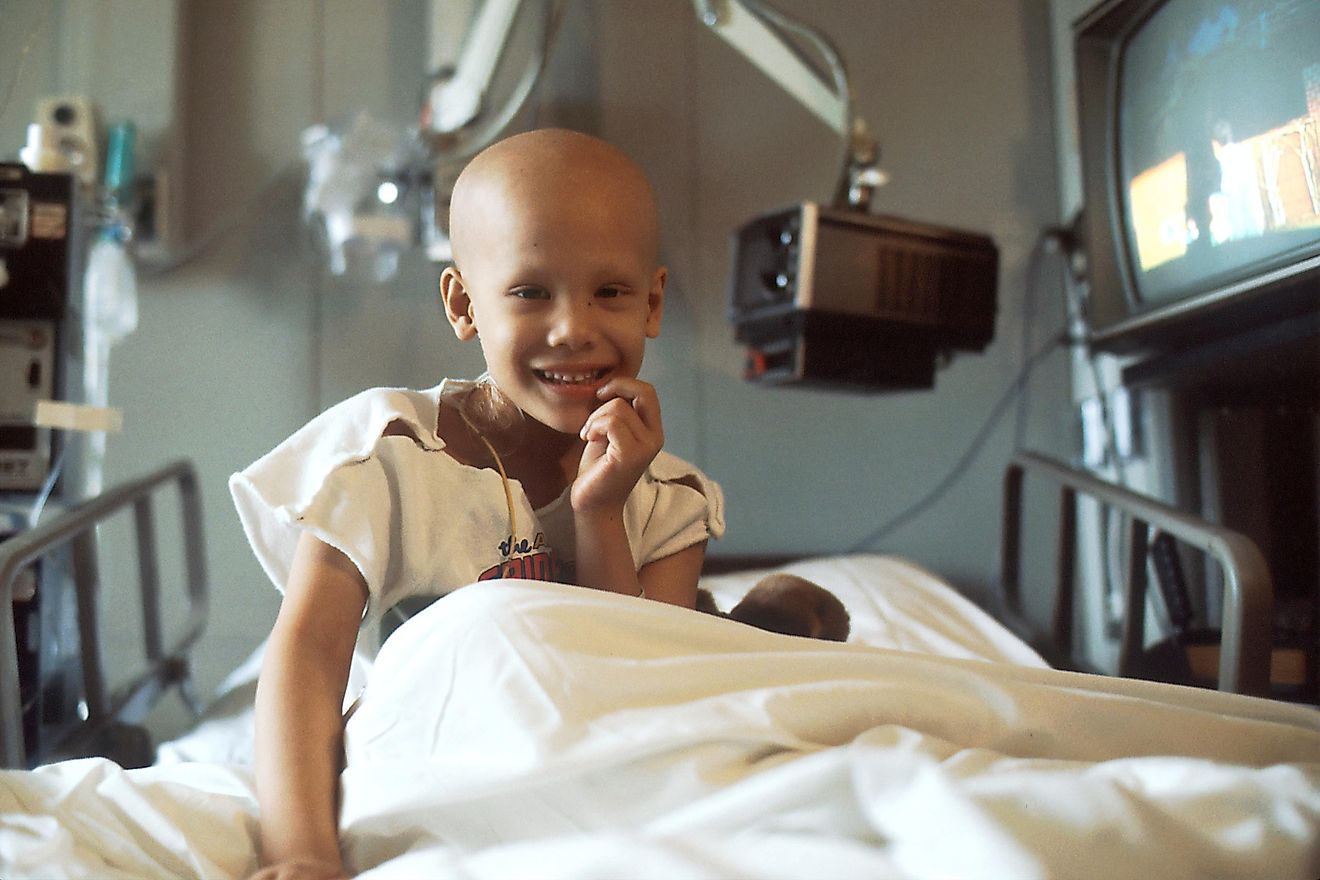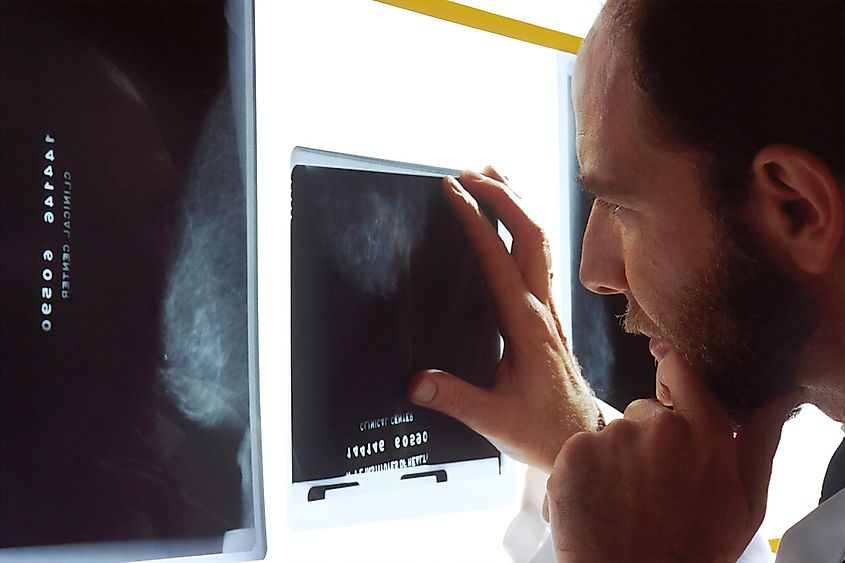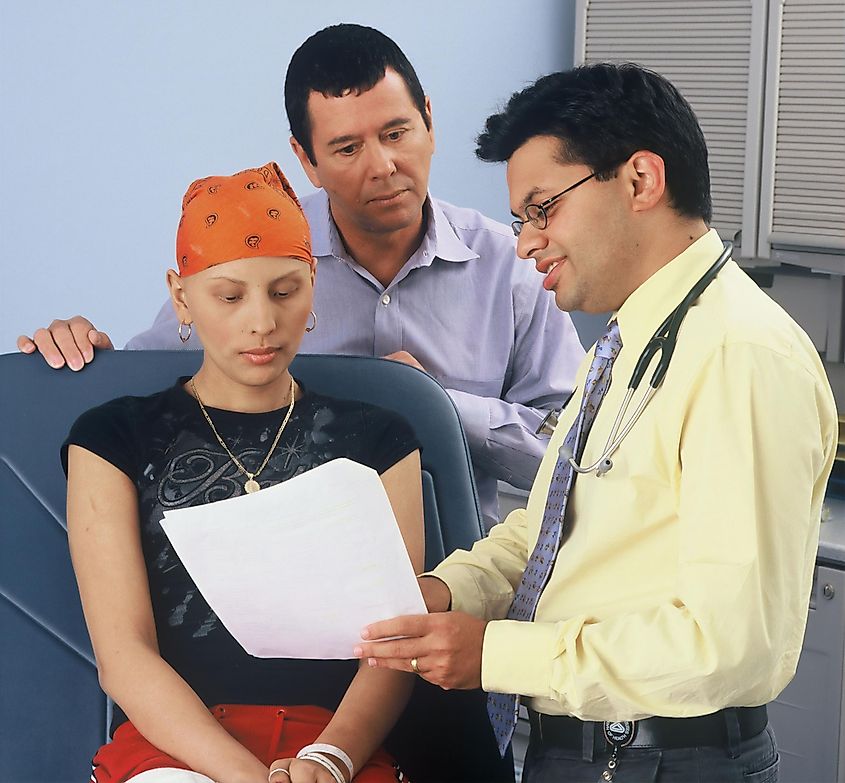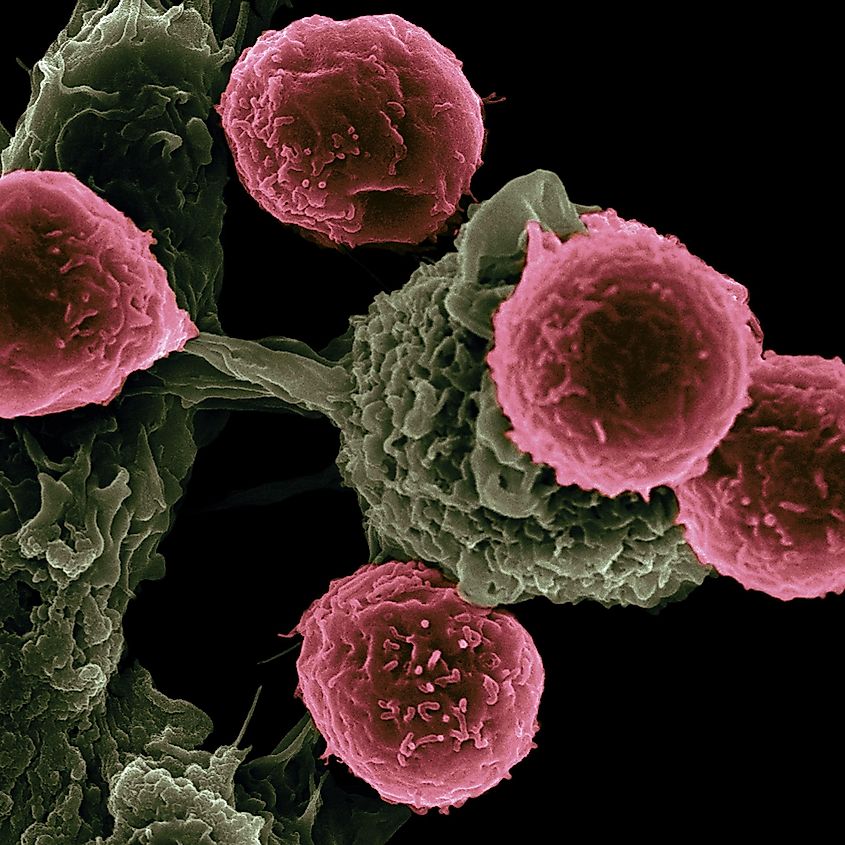Will There Ever Be A Cure For Cancer?

- . In 2018, The International Agency for Research on Cancer reported 17 million new cases and 9.5 million cancer fatalities worldwide.
- Catching cancer in earlier stages usually makes for better prognoses.
- Although radiation and chemotherapy are still treatment modalities, immunotherapy has been a major breakthrough in cancer treatment.
Cancer is an ugly word, and it is not known if there will be a cure for it in our lifetimes. This disease claims victims every day, with new cases constantly showing up in locations around the world. In 2018, The International Agency for Research on Cancer reported 17 million new cases and 9.5 million cancer fatalities worldwide. They also predicted that there could be close to 27.5 new cases and 16.3 million deaths by the year 2040. Risk factors like physical inactivity, poor diets, and smoking increase the risks for cancer, so if these behaviors are on the rise, the 2040 numbers could be even higher.
A Complex Situation

According to Fox Chase Cancer Center’s Chief Scientific Officer Jonathan Chernoff, MD, Ph.D., there are many different types of cancer. These act in different ways, in different tissues, and in diverse individuals. This results in endless kinds of mutations, which do not respond to the same kinds of treatments. With more than 200 separate diseases that fall under the cancer spectrum, there will most likely never be only one cure for cancer.
They all have one thing in common, though: uncontrolled malignant cell production. These reproduce and then form tumors. In blood cancers, the malignant cells crowd out the normal ones in the patient’s bloodstream and bone marrow.
Detection and Treatments

Catching cancer in earlier stages usually makes for better prognoses. Dr. Chernoff was optimistic about progress made in the field of cancer detection and treatment. “Maybe the largest successes have been in prevention,” he said. For example, reduced rates in smoking cigarettes have cut down on the number of people who come down with lung cancer. The American Cancer Society also pointed out that obesity is the United States’ second-leading cause of preventable cancer deaths. Although more research is warranted, there is clear evidence that proves this point.
Although radiation and chemotherapy are still treatment modalities, immunotherapy has been a major breakthrough in cancer treatment. Strengthening the immune system can help it to fight cancer more effectively. Researchers are also working on therapies like blood test that can detect cancer even before its symptoms begin. It is still in the experimental state but Chernoff is enthusiastic about it.
Epigenetics and Starvation Strategy
Epigenetic changes alter DNA’s physical structures through an external modification that affects how DNA turns genes on and off. Epigenetics alter how cells will “read” genes. It has been shown that cancer cells can be epigenetically modified to promote the progression or eradication of cancer.
Starvation of cancer cells is another avenue of research, with scientists looking at ways to cut off nutritional supplies to malignant cells. Examples of their work include finding ways to block the supply of vitamin B2 and glutamine.
Nanoparticles and Therapeutic Viruses

Nanoparticles are invisible to the naked eye and exist naturally in sea spray and volcanic ash. They also create many health care products, cosmetics, pharmaceuticals, and other goods. They can be precisely engineered to target specific cancer cells without as many side effects as other therapies, and have been shown to help tumors shrink.
Some viruses can help society, including therapeutic virus vaccines. A UK test showed that reovirus could be used to fight brain cancer cells without harming the surrounding, healthy ones. The use of dendritic vaccines also shows promise. Cells are extracted from the patient, then loaded up with tumor-specific antigen cells. They are injected into the person’s body and can search for and destroy the cancer cells.
These therapies are still in the research phases, and there are concerns that they can damage healthy tissues. Still, much progress has been made over the past few decades. The best advice for cancer patients is to be well-educated about the disease, to advocate for themselves, and to have a good attitude about their treatment.











